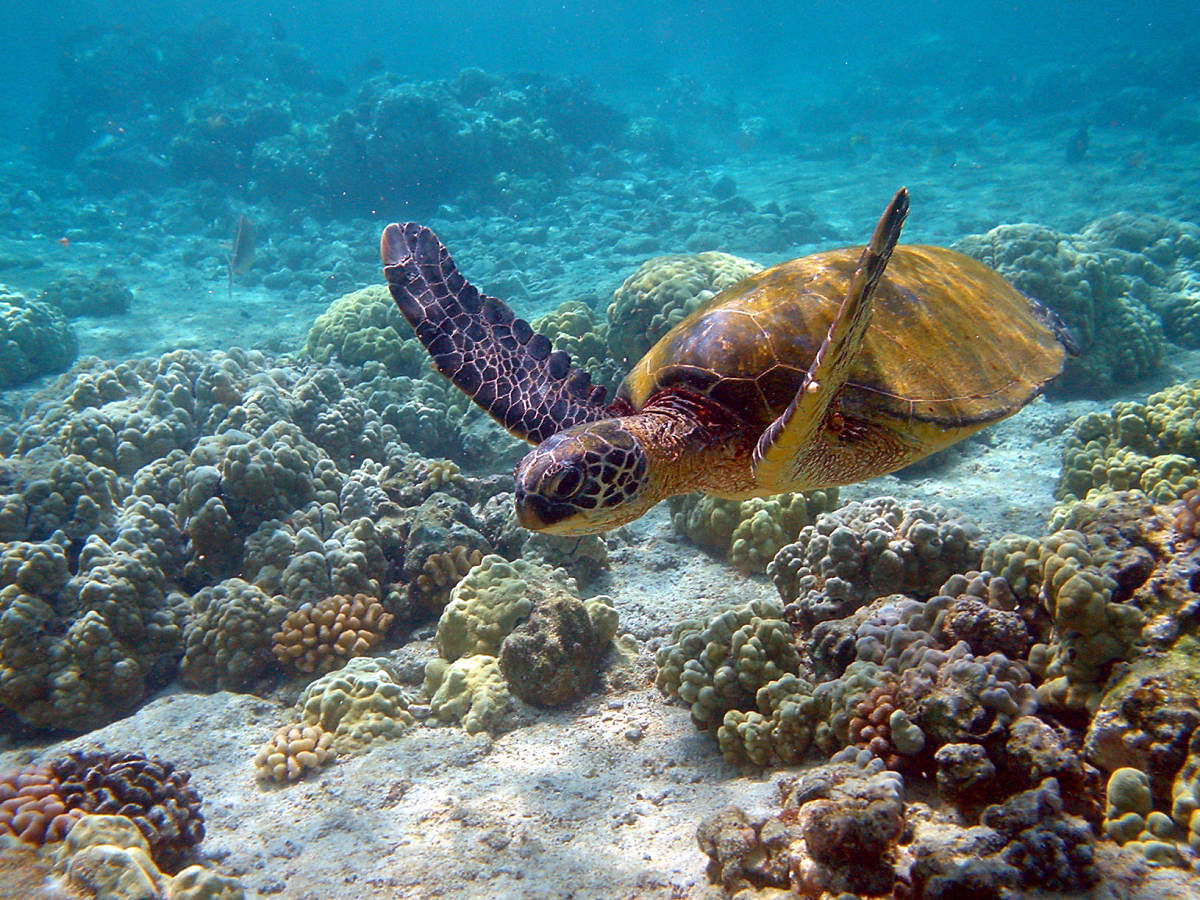Saving marine life, and those who depend on it



The Gulf of Mannar is along the coastline of southern India bordering Ramanathapuram, Tuticorin, Tirunelveli and Kanyakumari districts in Tamil Nadu. It has rich biological and ecological assemblages with very high levels of productivity. The gulf falls within the Indo-Malayan realm which has rich marine biodiversity on earth.
The Gulf of Mannar has drawn the attention of conservationists even before the initiation of the biosphere programme by the Unesco in 1971. In 1986, an area of 560 sq km covering 21 uninhabited islands surrounded by coral reefs was declared a national park. In 1989, the entire marine space between Rameshwaram and Kanyakumari accounting for an area of 10,500 sq km was declared as Gulf of Mannar Biosphere Reserve, the country’s first marine biosphere reserve.
About 3,600 marine organisms are found here, which includes 147 species of seaweeds, 12 species of seagrass, 13 species of mangroves, 200 species of sponges, 100 species of echinoderms, 260 species of molluscs, 90 species of crustaceans, 450 species of fishes, five species of sea turtles, 14 species of dolphins, six species of whales, and Dugong (sea cow), which is a symbol of the Gulf of Mannar.
The Gulf of Mannar is prone to severe anthropogenic pressures from the communities in the vicinity. More than three lakh fishermen catch fish for their living and are totally dependent on this biosphere reserve. They use nearly 5,000 mechanised trawlers and 25,000 traditional boats. Sometimes, they also use dynamite, causing damage to the coral reefs.
In harming the coral reefs, which provide refuge to varieties of fishes and protect them from predators like big fishes, a habitat is lost. Illegal collection and trade of highly endangered marine organisms like sponges, sea cucumbers, sea turtles, fishes and seashells are prevalent. Solid waste disposal locations are present all along the shore and the contents get washed away into the gulf, too.
The challenge in the region is to integrate biodiversity conservation, sustainable coastal zone management and livelihood-related development. The management of the biosphere reserve is vested with the Gulf of Mannar Biosphere Reserve Trust (GoMBRT), which is striving to empower local communities to manage coastal ecosystems and wild resources. The mission statement is ‘To build and nurture the trust as a vibrant organisation of international repute which focuses on coordination between often conflicting agencies and organisations for sustained conservation.’
In Rameshwaram, the Swami Vivekanand Memorial and an interpretation centre for the biosphere reserve are both located adjacent to each other. The island is also connected to the mainland through the Pomban Bridge, which takes care of road as well as rail connectivity. Until 1964, the rail line was continued on the island up to Dhanushkodi, which was a port city in India. That year, a massive cyclone hit the region, and a train moving between Rameshwaram and Dhanushkodi was washed away killing nearly 1,000 people on board. Many inhabitants abandoned this township.
From the remains of the building structures, one can notice that all construction of that time was done using coral reefs. Coral reefs have been regularly extracted from the sea, compromising the defence mechanism to check the intensity of cyclones and storms. Coral reefs have also been extracted and used in the past as raw material for the production of cement.
Reviving the corals
On a visit to these 21 islands in the national park, one finds that coral reefs in different stretches are dead. However, one can go snorkelling beneath the water to see live corals in many colours, like a flower garden. It was reported in 2016 that corals had started bleaching and losing their original colour on account of the rise in temperature. Loss of colour is the indication of its death. But it is also observed that in small patches, the corals are reviving.
The field station of the National Center for Coastal Research, Ministry of Earth Sciences, was established in 2018, following the death of corals due to global warming in 2016. The centre is engaged in coral health monitoring, GIS mapping, identifying degraded coral areas, the impact of sedimentation etc. The center has established four hatchery units on a 20-hectare land in Mandapam for preparing seedlings of fish, lobster and prawn to enhance livestock and address the livelihood issues of fishermen. The center is also taking up regeneration of corals in the wild. Live corals in cement slabs tied to an iron mesh are kept in areas two metres below the low tide level. Iron does not get rusted in brackish water and the structure remains intact, helping the corals regenerate.
To control illegal activities, the forest department has established nine anti-poaching camps for different islands. They are connected through CCTV cameras for monitoring by senior officers. The department is also engaged in planting Lannea coromandelica, Pongamia, neem and palm trees on the islands for overall habitat improvement.
The conservation of marine species is linked to human well-being and survival, and communities should be educated along this line.
(The writer is former Principal Chief Conservator of Forests (Head of Forest Force), Karnataka)
Deccan Herald is on WhatsApp Channels| Join now for Breaking News & Editor's Picks